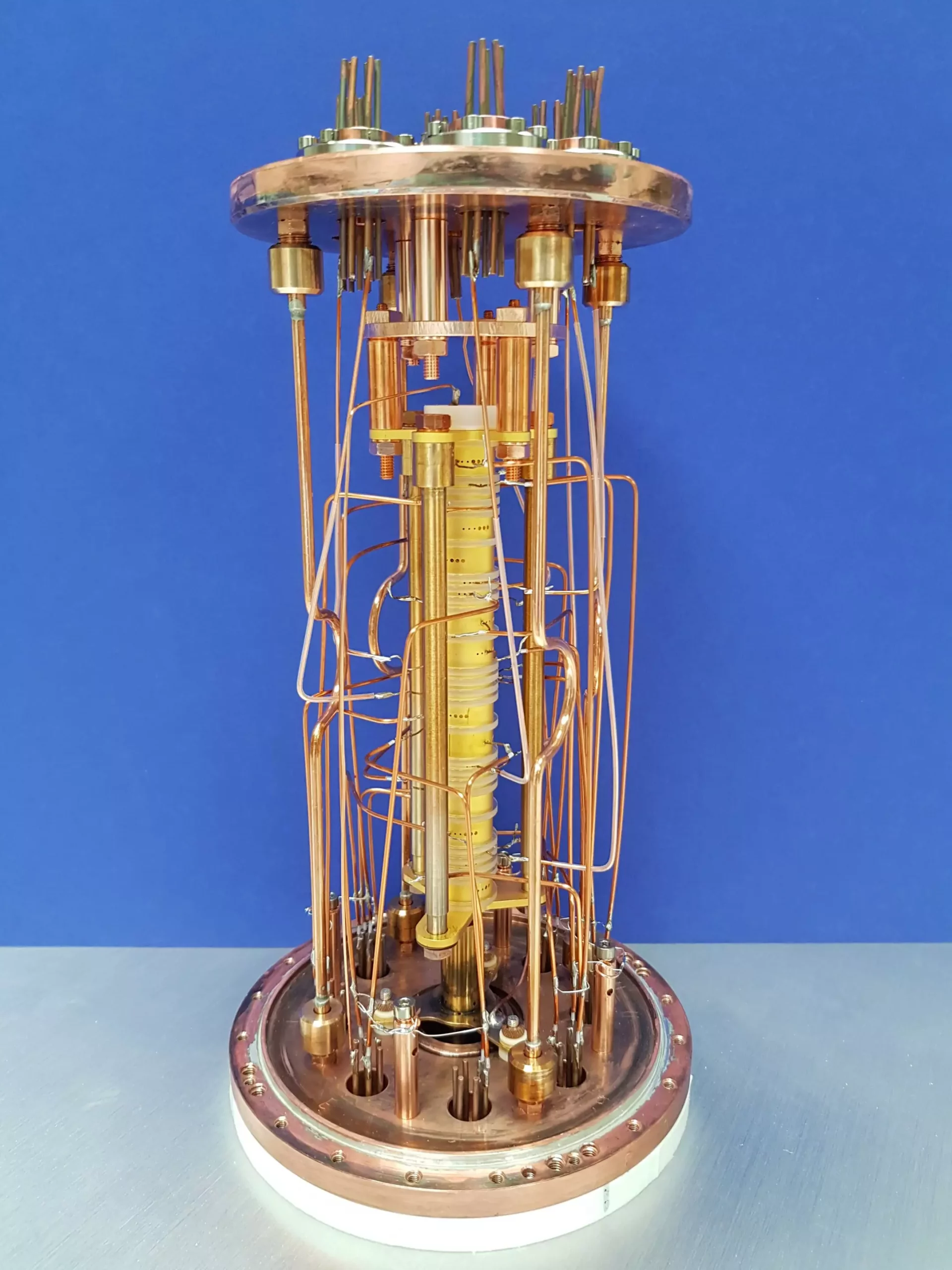Neutrinos have long been a mysterious particle that plays a central role in nature. Despite their abundance and unique properties, the mass of a neutrino at rest has remained a significant unanswered question in the field of physics. The elusive nature of neutrinos, as particles that only interact via the weak interaction, presents a challenge in measuring their mass directly.
Neutrinos were first postulated in the 1930s to explain the energy and momentum imbalance observed in the radioactive beta decay of atomic nuclei. These “ghost particles” were later experimentally confirmed in 1956 to account for the missing energy and momentum. Neutrinos are known to interact very weakly with matter, allowing trillions of them to pass through our bodies without any noticeable impact.
The discovery of neutrino oscillations, where different types of neutrinos can transform into each other, challenged the assumption that neutrinos have no rest mass. The existence of neutrino oscillations hinted at the presence of new physics beyond the standard model. Determining the exact rest mass of neutrinos is crucial for unlocking new physics and understanding the fundamental properties of these elusive particles.
Measuring the mass of neutrinos is a complex task that involves sophisticated experiments. One approach involves studying the beta decay of tritium, while another method focuses on the electron capture of isotopes like holmium-163. By precisely measuring the energy released in these decay processes, researchers can infer the mass of the neutrinos involved.
The Pentatrap experiment, led by Klaus Blaum’s team at the Max Planck Institute for Nuclear Physics, utilized Penning traps to measure the mass of ions with extreme precision. By studying the differences in mass between holmium-163 and dysprosium-163 ions, the team was able to calculate a more accurate Q value for electron capture, shedding light on the neutrino masses.
The groundbreaking research conducted by the ECHo collaboration, in which the Heidelberg scientists participated, yielded a significant advancement in understanding neutrino masses. By ruling out systematic uncertainties in experiment and theory, the team’s findings provide valuable insights into the mysterious world of neutrinos. The upper limits on neutrino mass determined through these experiments offer a glimpse into the extreme challenges faced by scientists in weighing these elusive particles.
The quest for weighing neutrinos represents a crucial frontier in the field of particle physics. The recent advancements in experimental techniques and theoretical calculations have brought us one step closer to unraveling the mysteries surrounding neutrino masses. As scientists continue to push the boundaries of what is technically feasible, the pursuit of understanding neutrinos will undoubtedly lead to further breakthroughs in the world of physics.


Leave a Reply